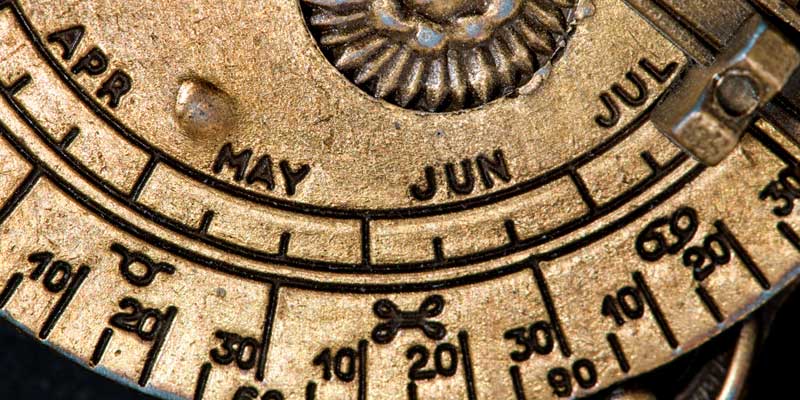
As an art lover, I hope the price of NFT art is dictated mainly by the quality of the work, and the history of the artist.
These are big factors. But the price is influenced by other forces as well.
The reputation of the collector can make a difference. Collectors with very deep pockets get noticed quickly, and become influencers.
And, as we’ve seen over the last few months, the price of collections is inevitably attached to a rising or falling market.
As an example… and this is just my personal opinion…
I think Meridian by Matt DesLauriers and Edifice by Ben Kovach are equally beautiful. As a collector, considering aesthetics alone, I’d say they are worth about the same.
But they didn’t launch at the same time.
Meridian was minted in late September, when the market was peaking, and reached prices of over 30 eth within just a few days.
Edifice was minted in early November, once the market had taken a nose dive, and prices never got higher than a little over 6 eth.
I don’t think Meridian is five times better or five times more valuable.
They just launched at different times in a boom-and-bust cycle.
Professional traders and flippers have distorted everything this year.
Sometimes price movements have almost nothing to do with the art, and more to do with people playing the market.
In the spring and early summer of this year, you could buy NFTs at a leisurely rate and at a reasonable price. Fairly reasonable, anyway.
And then, on the ArtBlocks platform in particular, speculators discovered they could mint pieces from a Curated collection for 0.1 eth and then almost immediately flip them for a huge profit on the secondary market.
One person figured this out. Then a hundred. Then a thousand.
Soon, professional flippers deployed armies of bots to do the minting for them, scooping up entire collections in just a few minutes.
A total distortion of the market.
Thankfully, by switching to a Dutch auction method, ArtBlocks has levelled the playing field. More or less.
But yes, when people day trade NFTs, it distorts the price.
And now for some of the more intangibles influences on the price of NFTs.
These influences are tied to timelines, and to memes.
Several months ago I remember being part of a live discussion that touched on Sail-O-Bots. There had been a bit of a scandal about the creator lifting code from someone else. Happily, that was all resolved. Sail-O-Bots survived and were selling for less than 0.5 eth.
But during that discussion, someone referred to the Sail-O-Bots as Sea Hams. I don’t know if that was the genesis moment, but the new name became a meme, powered by Twitter, and the price of Sail-O-Bots peaked at over 15 eth.
At that price, are you paying for the art? Or are you paying for the meme… and to be included in the tribe of Sea Ham owners?
And would the result have been the same if the new nickname had been different, or if the timing of the new name had happened a month sooner or a month later?
These are the intangibles.
And… almost heresy I know… would the Fidenza collection by Tyler Hobbs have a floor price of 70 eth if it had been launched in November instead of June?
And if it hadn’t been launched in June, what would have been the impact on the price of all the curated ArtBlocks collections that followed?
The timing of its launch not only influenced the price of Fidenza, Fidenza also played a role in defining ArtBlocks, and all subsequence curated collections.
Timing… memes… these unknowable variables will confound even the most confident predictions about the future worth of any NFT art collection.
So… what is a collector to do?
Long story short, it’s pretty much impossible to predict the future price of any piece you buy.
If you’re an art lover and collector, I think you need to fall back on the fundamentals. Focus on the quality of the work and the reputation of the artist.
To be a successful NFT art collector takes a clarity of purpose, and a clear vision of the art you like best.
And you need a long goal horizon. Not days or weeks. Preferably years.
In spite of a few stumbles along the way, I now have a pretty good idea of the kind of collection I want to create… and I have a 5-year plan.
You can’t predict the future, but you can decide on what you want to build.